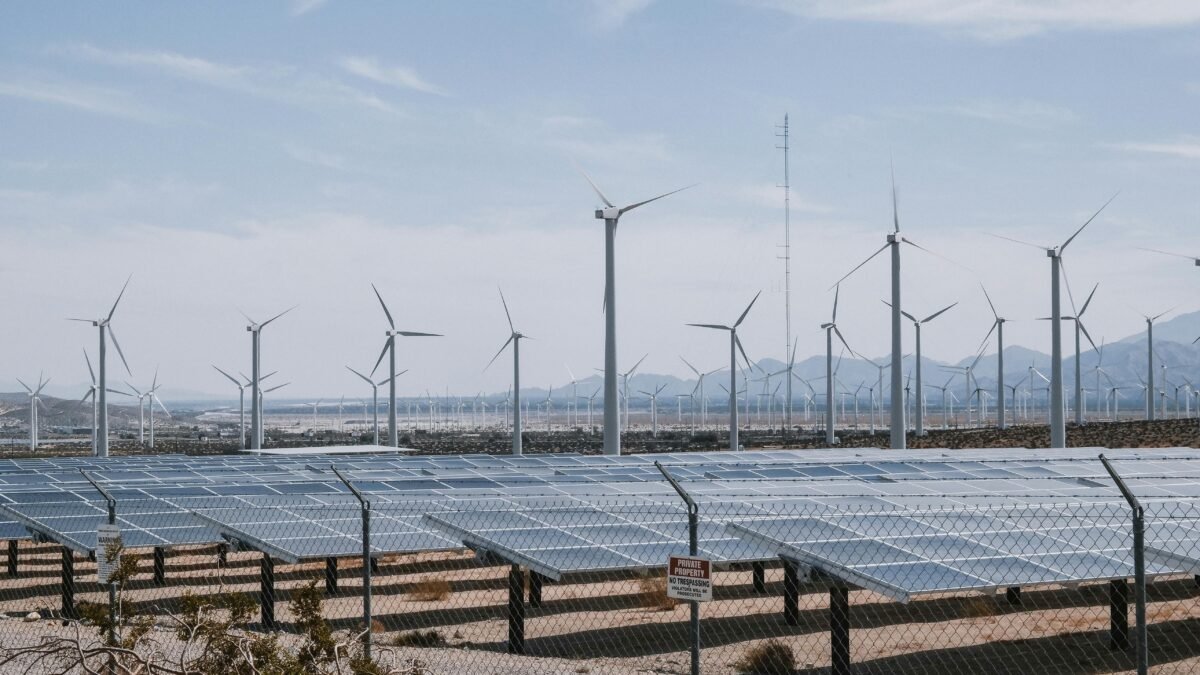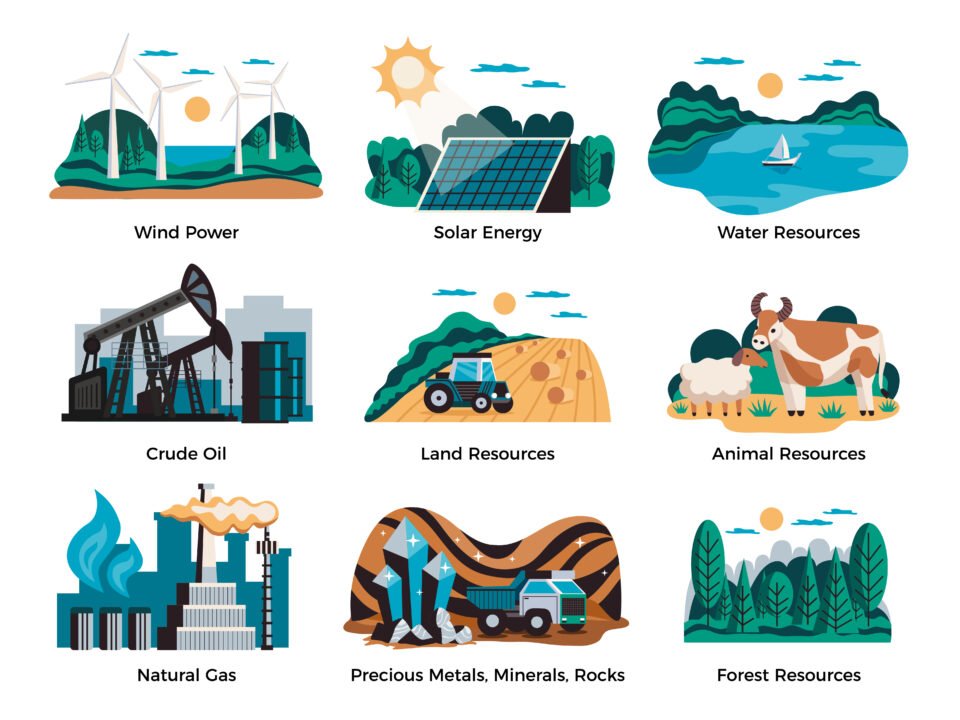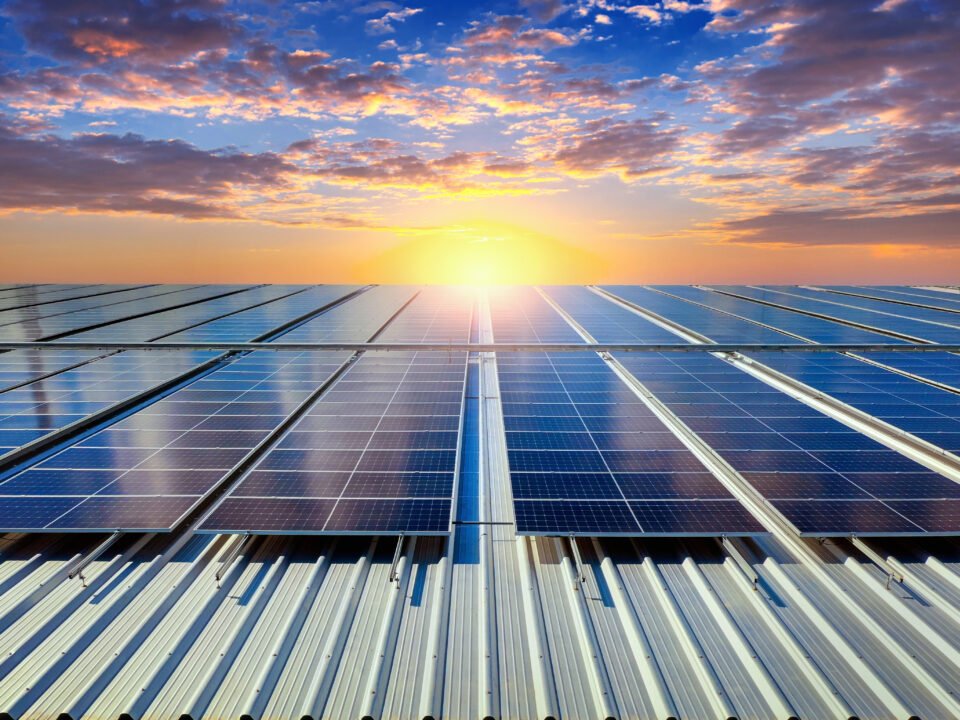In the quest for sustainable and renewable energy sources, utility-scale solar and wind projects have emerged as key players. These large-scale installations not only contribute to reducing greenhouse gas emissions but also have significant economic impacts. From job creation and economic development to energy cost savings, utility-scale solar and wind projects offer a multitude of economic benefits. Let’s explore the economic impact of these projects in greater detail.
Job Creation and Economic Development
One of the most direct economic impacts of utility-scale solar and wind projects is job creation. The renewable energy sector is a major employer, generating a wide range of jobs across various stages of the project lifecycle. These jobs include roles in project development, manufacturing, construction, installation, operation, and maintenance. According to the International Renewable Energy Agency (IRENA), the renewable energy sector employed over 11 million people globally in 2018, with a significant portion of these jobs attributable to utility-scale solar and wind projects.
In addition to direct employment, these projects also stimulate economic development in local communities. The construction and operation of large-scale renewable energy installations require a range of services, including transportation, logistics, and catering, creating opportunities for local businesses. Furthermore, these projects often contribute to the development of infrastructure, such as roads and electrical grids, which can have long-term benefits for the local economy.
Energy Cost Savings
Utility-scale solar and wind projects can also lead to significant energy cost savings. As the cost of renewable energy technologies continues to decline, the levelized cost of electricity (LCOE) for solar and wind power has become increasingly competitive with, and often lower than, that of traditional fossil fuel-based power generation. This cost competitiveness translates into lower energy prices for consumers and businesses, reducing electricity bills and freeing up resources for other economic activities.
Moreover, utility-scale renewable energy projects can contribute to energy price stability. Unlike fossil fuels, which are subject to price volatility due to market fluctuations and geopolitical factors, solar and wind resources are free and abundant. This stability can provide a more predictable energy cost environment, benefiting both consumers and businesses.
Investment and Financing
The expansion of utility-scale solar and wind projects has attracted significant investment from both public and private sectors. Governments around the world are implementing policies and incentives to support renewable energy development, including tax credits, subsidies, and feed-in tariffs. These measures not only encourage investment but also help to lower the overall cost of renewable energy projects.
Private sector investment in renewable energy is also on the rise. Institutional investors, such as pension funds and insurance companies, are increasingly recognizing the financial benefits of investing in renewable energy projects. These investments not only provide attractive returns but also align with environmental, social, and governance (ESG) criteria, making them appealing to socially responsible investors.
Environmental and Social Benefits
While the economic impacts of utility-scale solar and wind projects are substantial, it is important to also consider their environmental and social benefits. By displacing fossil fuel-based power generation, these projects contribute to reducing greenhouse gas emissions and improving air quality, which can have positive health and environmental impacts. Additionally, renewable energy projects can provide energy access to remote and underserved communities, improving quality of life and promoting social equity.
Challenges and Solutions
Despite their many benefits, utility-scale solar and wind projects face several challenges. Land acquisition, regulatory hurdles, and community opposition are common obstacles that can delay or impede project development. However, these challenges can be addressed through proactive planning, stakeholder engagement, and supportive policy frameworks. By working collaboratively with local communities, governments, and industry stakeholders, the renewable energy sector can overcome these challenges and continue to drive economic growth.
Conclusion
Utility-scale solar and wind projects have a profound economic impact, creating jobs, stimulating economic development, reducing energy costs, and attracting investment. As the world transitions to a more sustainable and renewable energy future, these projects will play an increasingly important role in driving economic growth and ensuring a cleaner, greener, and more resilient energy system. With continued technological advancements and supportive policies, the economic benefits of utility-scale solar and wind projects are poised to expand, offering a brighter future for all.




